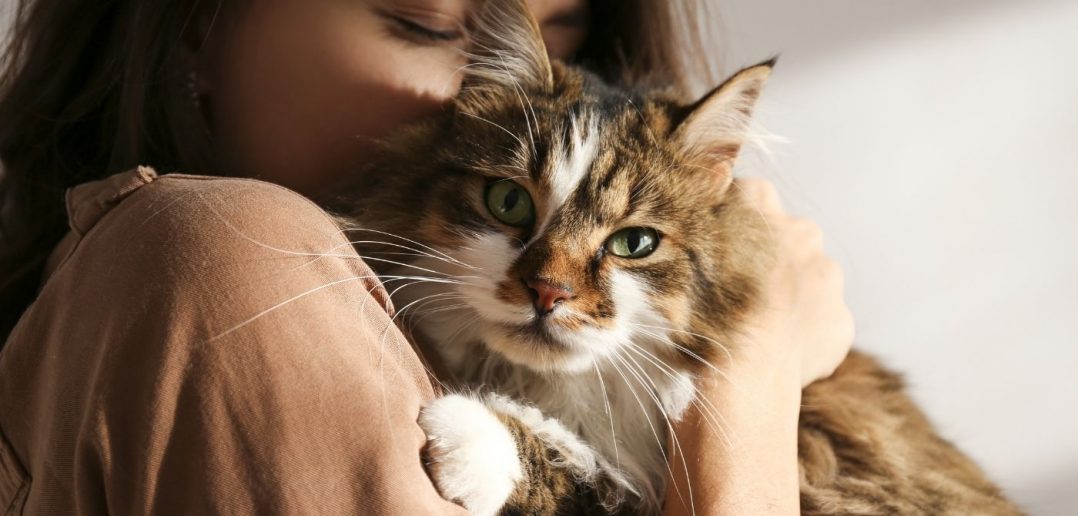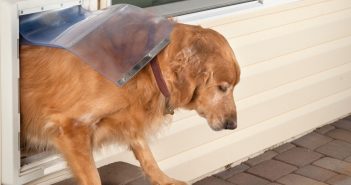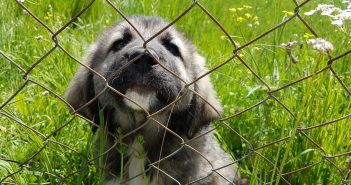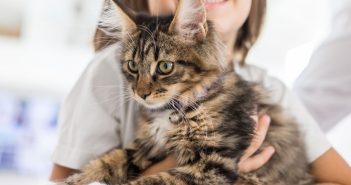Mold allergies and sicknesses are common in humans, but did you know our pets can be susceptible to them as well? Today we will be explaining the dangers of mold for household pets and how you can prevent your animals from being exposed.
Pets Can Get Sick From Mold Too
Pets can get sick from mold exposure, just as humans can. Humans and pets even share some similar symptoms to mold exposure, such as wheezing and difficulty breathing. If you’re not familiar already, you can learn more about the different health symptoms in humans that can be caused by mold in this resource page from the CDC or this blog post from a licensed mold removal company talks about 3 different diseases linked with mold. In fact, if you notice symptoms of mold sickness in yourself or your family, you might want to keep an eye on your furry friends as well.
Symptoms To Look Out For
If you think your pet has been exposed to mold, keep an eye on them and watch for the following symptoms:
- Respiratory issues such as coughing, hacking, or difficulty breathing.
- Runny or bleeding nose.
- Excessive scratching or licking. This symptom can lead to hair loss, sores, or bleeding wounds.
- Chewing on areas of skin. This can also lead to sores and bleeding.
- Lethargy and lack of energy.
- Loss of appetite.
- Skin rash.
- Diarrhea.
- Vomiting.
- Trembling, convulsions, or even seizures.
- General change in behavior.
- Allergic reactions such as sneezing, runny eyes or nose, etc. Please note that these could be symptoms of general allergies.
Most of these symptoms alone are not enough to diagnose your pet with mold exposure or a disease but contact your vet if you notice multiple symptoms arising at the same time.
What You Can Do To Prevent It
These symptoms may sound frightening, but you can help keep your pet safe from mold exposure. The most important thing to do if you discover mold in your home is to separate your pet from the area. Call a professional mold removal or remediation service as soon as possible. Pets can also become sick from mold ingestion if they were to eat a moldy food or lick a tainted surface.
Here are additional precautions to take to prevent your pet from being exposed to mold:
- Only use a sealed container to store your pet’s food so that it isn’t exposed to moisture.
- Wash your pet’s food and water bowls often.
- Wash any bedding your pet uses if it is exposed to mold or damp conditions.
- Clean cages, litter boxes, and other pet spaces often.
- Keep garbage cans covered so your pet cannot get access to any moldy foods to eat or play with.
Now that you know the dangers of mold for household pets and the symptoms to watch out for, you can make sure your pets stay safe. If you keep an eye on your pet and your home’s condition, your family and pets will be perfectly safe and healthy.




